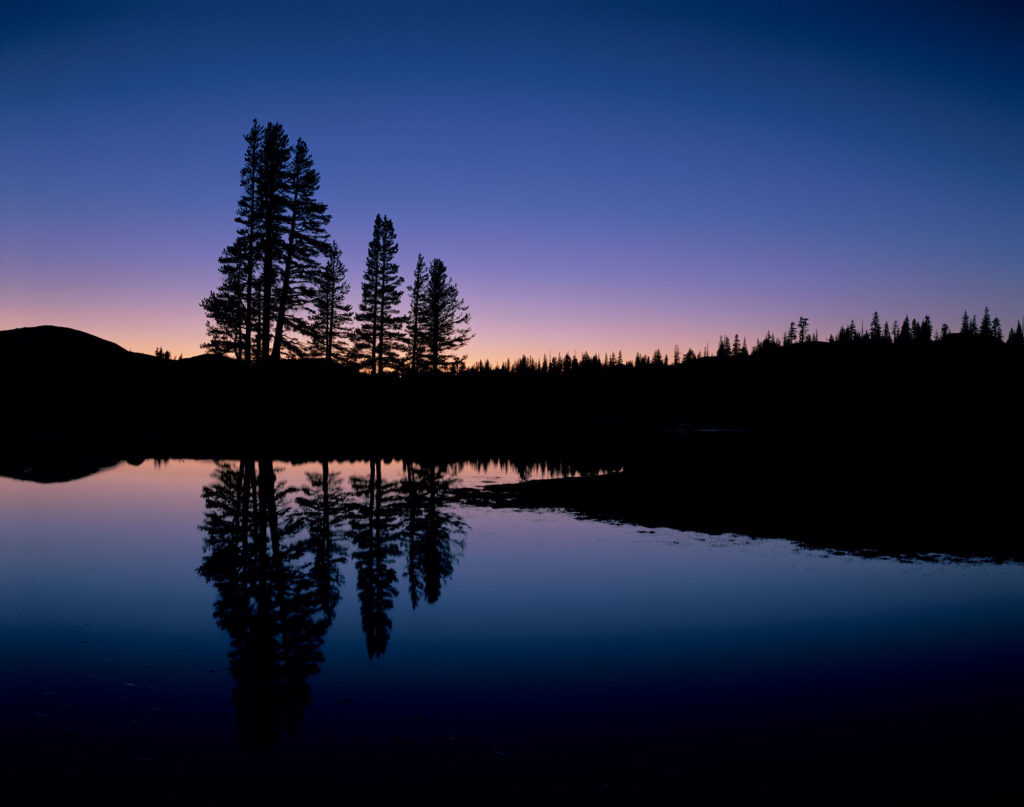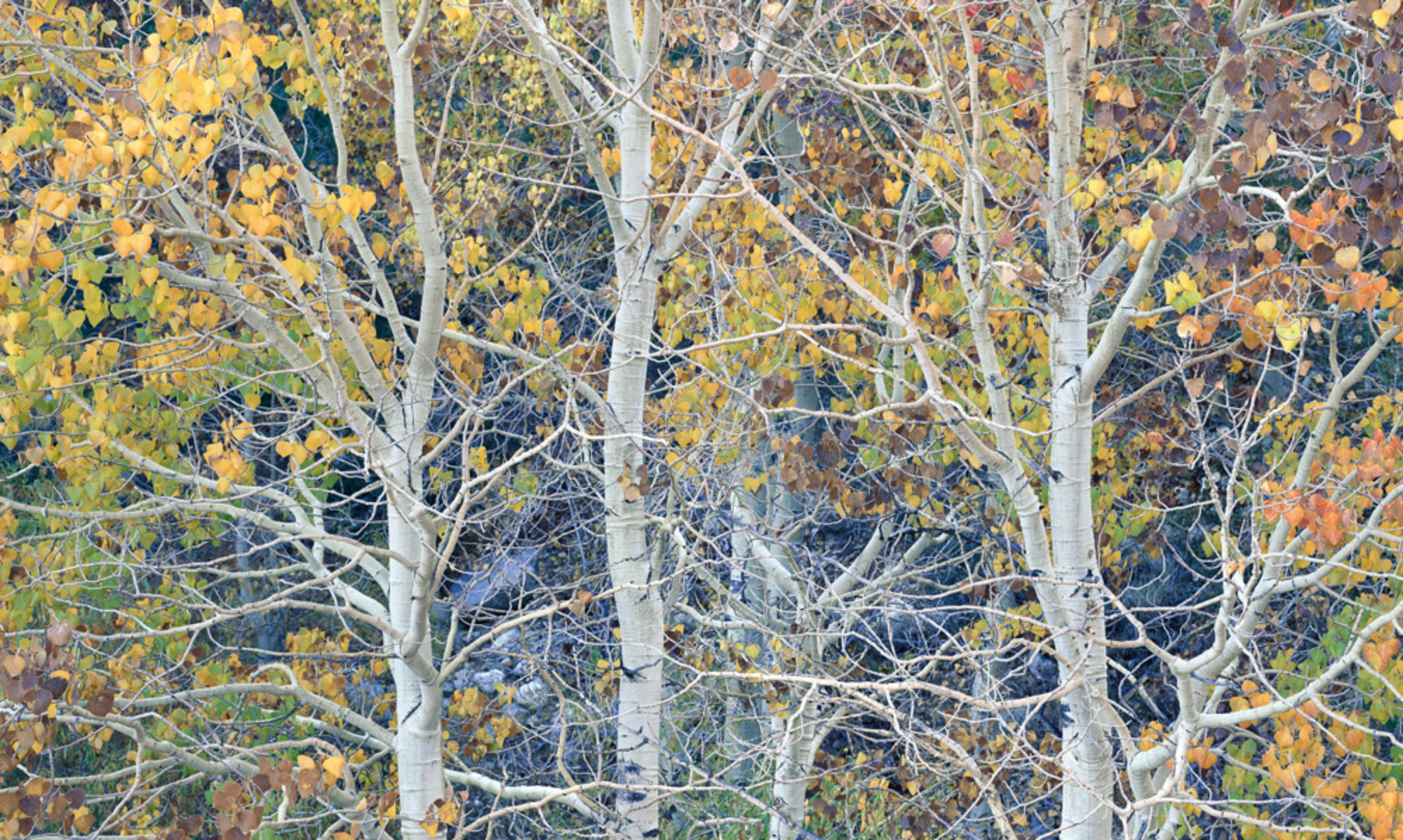
Not sure why your prints aren’t coming our the way you want? Want better prints? Then it’s time to look at how you process.
Processing is where we take creative control over what a print will look like.
The printer (output device) is supposed to be the dumb part of the process. It’s not supposed to interpret, fix, or change your processing decisions. It’s just supposed to render the processing accurately.
A printer should be like a player piano. You put in a piano roll, and assuming the piano is in tune, you hear the music as the musician intended.
Our file is the piano roll, and processing is where we decide what notes should be played, when, and for how long.
Processing is where the really important stuff happens. Processing creates a file that tells the output device what to do; what colors to print, how dark and how light, how saturated, and what color balance. The output device isn’t supposed to be deciding those things, YOU ARE!
One of the challenges you may be facing is that making something look “good” on a screen is easier than making it look good in print.
Screens are more forgiving because they they can’t display the same subtle variations of color, highlight, and shadow that a print can. They hide small (and sometimes not so small) differences in processing. This is especially true of phone and tablet size screens.
If you are processing for web and social media, the screen becomes your final output device, and you can see it instantly in its final form. But not so with prints.
There is always a screen to print translation as we switch from transmitted light (screen) to reflected light with ink on paper (print.)
Prints are less forgiving of processing errors. Things that will hide on screen become glaringly evident on the print. The “pop” of a screen isn’t there to mask these processing errors.
So when we’re printing, we need to learn how to “read” the monitor and anticipate what it will look like on the print. Like any art, that means practicing, gaining experience, and refining our techniques.
Printing is sensitive to very small changes. If you can see the difference between a one point slider move on screen, assume you’ll be able to see the difference in print.
So instead of trying to see if 50 contrast is better than 30, try and see if 34 contrast is better than 35. Or instead of deciding between a 5000k and a 4950k white balance how about trying a 4975k setting?
It may sounds like splitting hairs, but these very refined changes is where you bring out the magic in a print. I often spend half my processing time on an image going back and forth between small changes to asses their effect. I’m looking for the “perfect” setting that matches my artistic vision.
This fine tuning is really noticeable in highlights and shadows because those tonal areas simply do not display accurately on screen. So I rely on the info tool to read the numbers. This gives me a mathematic measure of what the print will show instead of the visual measure our eyes give us. For shadows and highlights, the numbers are more accurate than our monitor or eyes.
Processing for print is a culmination of all your photographic experience and knowledge to express your vision. The more you grow your skills, the more you gain experience, the more satisfied you’ll be with your results. Next time you don’t get the print you were expecting, go back to your processing to make it better.


